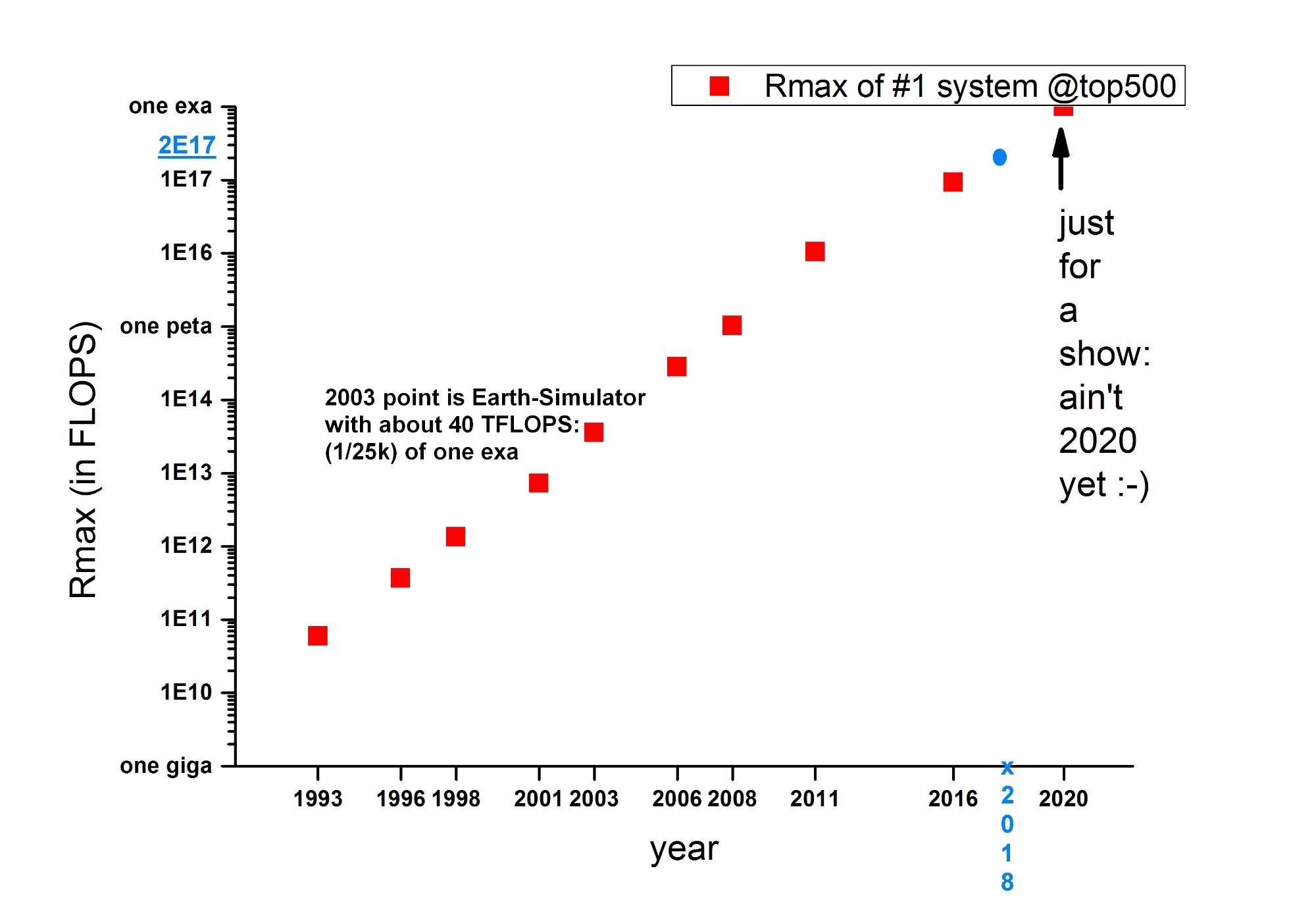Watercooler Hey El Reg, over the past few days I've seen news that Chinese chip biz Hygon is producing server-grade processors virtually identical to AMD Epyc processors. I'm kinda getting deja vu – you, too?
You're not the only one. We
that...
AMD and THATIC – Tianjin Haiguang Advanced Technology Investment Co – have formed a joint venture to, in AMD's words, "develop system-on-chips tailored to the Chinese server market that will complement AMD’s own offerings." AMD has basically licensed its microprocessor technologies to THATIC, which will build chips for enterprise, data center and government buyers in China.
Hygon is a joint venture 30 per cent owned by AMD and the rest by THATIC, and is otherwise known as Chengdu Haiguang Integrated Circuit Design Co. Ltd. It produces an x86-compatible family of server-grade system-on-chips called Dhyana.
What's new here is that in June this year,
for the open-source Linux kernel to support first-generation Dhyana processors.
These non-socketed components have their own hardware identification numbers – for example, PCIe vendor ID
and CPU family 0x18 – and identification strings – HygonGenuine versus AMD's AuthenticAMD and Intel's GenuineIntel.
However, other than that they share the same technology as AMD's Zen-based Epyc processors, to the point where the Dhyana Linux kernel support patches differ from the kernel's AMD Epyc support code by fewer than a couple of hundred lines of source code.
So these are ripoff clones?
No, AMD licensed its Zen processor designs to its friends in China so they can produce complete chips that are, admittedly, virtually identical
.
But why? Why not just sell Epyc chips made for other markets in China?
Because the Chinese government is hell bent on weaning its technology sector off Western processors and similar parts. It wants its web giants, and computer, phone, and server makers, to use homegrown and homebuilt chips within China.
This is partly due to economics and pride, partly due to Uncle Sam
exports of Intel Xeons to China's boffins, and partly due to not trusting American parts. Don't forget the backdoors
into US-built gear!
The Chinese government is also
of slipping exploitable holes deliberately into hardware exported from the Middle Kingdom.
Thus, Beijing insists on – indeed, is prioritizing, subsidizing, and investing heavily in – chips produced by Chinese organizations for use strictly within China, especially within its government agencies and military wings. The ongoing US-China trade war is, we imagine, accelerating China's drive to get homegrown silicon into Chinese devices.
But AMD is American, so how does that work?
AMD has been cunning in how it has structured this whole arrangement. AMD and THATIC got together in a joint venture to license the Zen technology to Chinese organizations. China-based THATIC duly formed Chengdu Haiguang Microelectronics Technology, Ltd (CHMT), another Chinese joint-venture that is 51 per cent owned by AMD. CHMT's job is to manufacture the Dhyana series, which is designed, marketed and sold by Hygon.
Thus, AMD and THATIC license AMD's Zen CPU cores to CHMT, which licenses them to Hygon. That last-mentioned company lays out peripherals, power control, and other input-output electronics around those Zen cores to form the Dhyana system-on-chip packages, and passes its work back to CHMT, which gives the final designs to TSMC, and other foundries to fabricate.
That complex corporate structure lets AMD keep a tight grip on its valuable processor core blueprints and still satisfies the rules on Chinese ownership of chip companies. AMD owns most of CHMT, and THATIC owns the majority of Hygon, which is the
of Dhyana.
But Zen and Epyc are now in a nation notorious for copyright infringement. Is AMD playing with fire, here?
CHMT need only be given enough intellectual property from AMD to physically produce the chips – typically a mind-bogglingly non-trivial "netlist" of gates that's difficult to reverse engineer – rather than the high-level source code used to define, describe, and design modern processor cores. That way the USA's latest server-grade x86 secrets stay, hopefully and mostly, out of the hands of spies and corporate thieves.
And since CHMT is majority owned by AMD, the whole shebang doesn't fall foul of AMD's agreements and licensing with Intel on x86 technology and patents. As a result, China gets its own tailored Epyc-like server-grade 64-bit x86-compatible processors.
It also allows the Chinese to customize their Zen-based system-on-chips, such as replacing hardware-accelerated AES cryptography features with support for Beijing-approved encryption algorithms, and be sure there are no backdoors in the silicon, depending on what exactly CHMT is given by its masters in California.
Cheers, El Reg!



